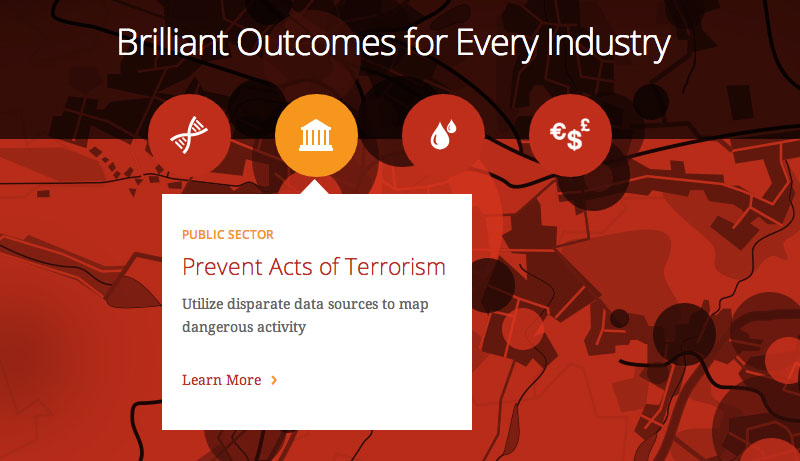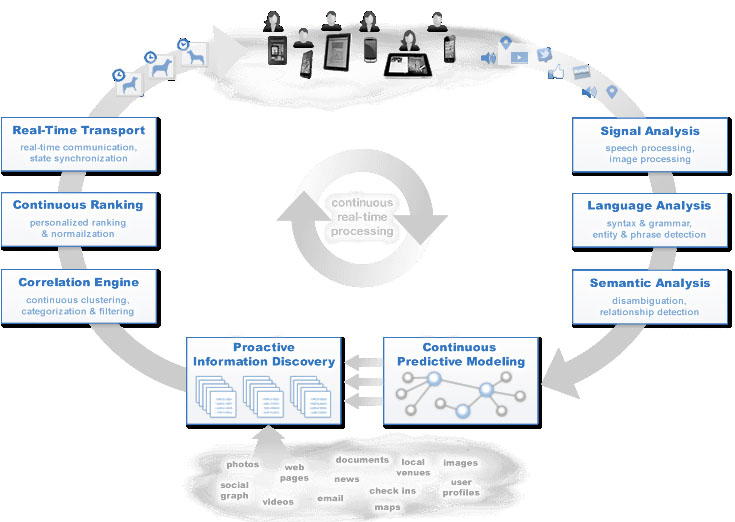
Their new product is called the Iris Insight Discovery platform. It’s a type of machine learning that uses hundreds of algorithms and topological data analysis to mine huge datasets before presenting the results in a visually accessible way. Using algebraic topology, the system automatically hunts down data points close in nature and maps these out to reveal a network of patterns for a researcher to decipher — any closely related nodes of information will be connected and clustered together, like how a social network arranges its data according to relationship connections.
Ref: Data-Visualization Firm’s New Software Autonomously Finds Abstract Connections – Wired
Ref: Ayasdi
